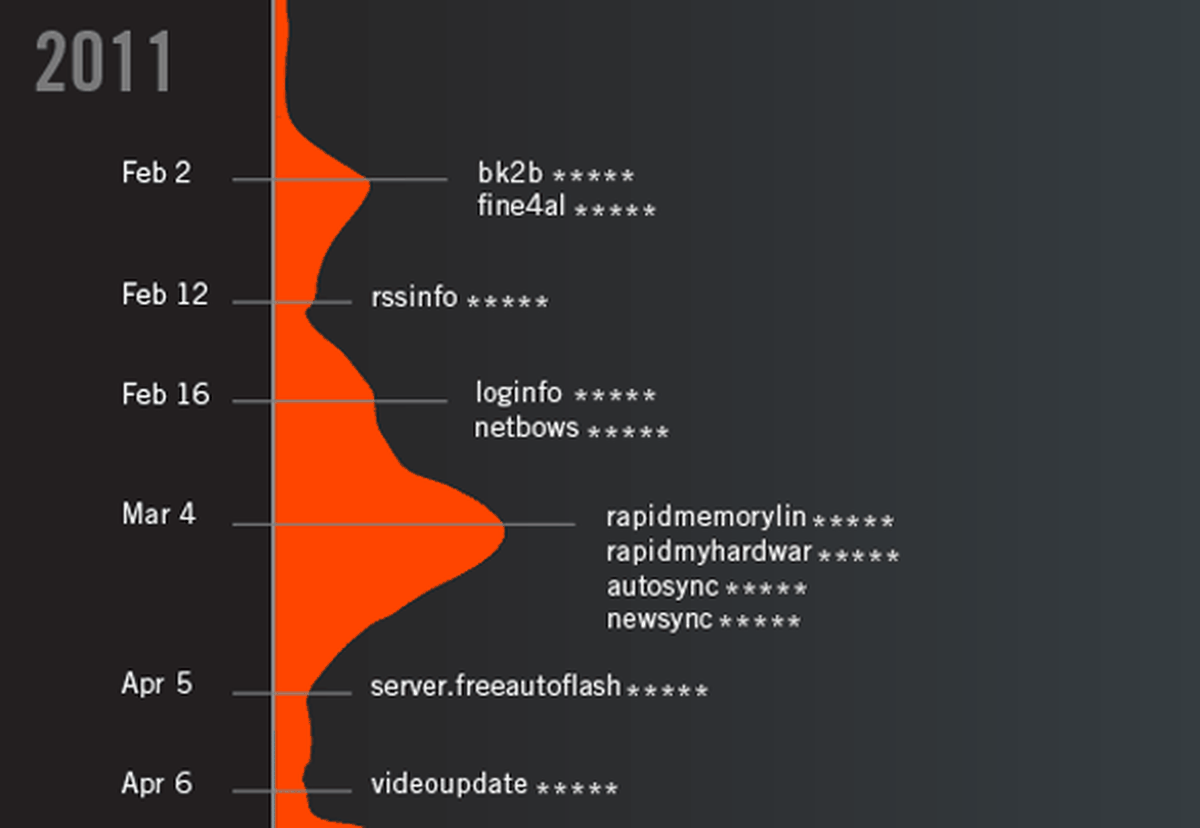Enterprises looking to modernize their traditional workloads are increasingly turning to cloud for scalability and performance. ‘Cloud first’ and ‘Cloud native’ now appear frequently in enterprise growth and modernization strategies.
Much of this interest is driven by the accessibility and scale of the mega cloud vendors –Amazon Web Services, Google Cloud, Microsoft Azure and Alibaba--which are at the forefront of technological advances and innovative delivery approaches for Cloud.
Gartner predicts that by 2021, over 75% of midsize and large organizations will have adopted a multi-cloud or hybrid IT strategy. Multi-cloud strategies are helping enterprises leverage the best of the cloud service providers. What makes these multi-cloud strategies unique is that they allow enterprises to tap into the elasticity and performance of their different cloud vendors individually at any given point of time. Different cloud services can not only co-exist within an enterprise but can also deliver peak performance in response to fluctuating workloads. However, this dynamically changing and heterogenous multi-cloud environment also makes it difficult for enterprise operations and security teams to keep a track of their cloud inventory and workloads at a given point of time.
As we enter a new era of Future Systems – which are boundaryless, adaptable and radically human -enterprises are increasingly migrating their workloads to public, private or hybrid cloud. This requires a modern approach for cloud inventory management, with an ability to scan through its different cloud services and present a comprehensive view of the cloud apps and infrastructure being utilized at a given point of time. Enter cloud discovery! The latest cloud discovery approaches and tools can help enterprises with a heterogenous cloud environment to clearly identify all the running cloud instances and to extract the best value from cloud investments. Cloud discovery plays an important role in a multi-cloud environment by helping enterprises that are struggling to manage their heterogenous cloud instances by enabling enhanced visibility, improved optimization and reduced risk to maximize return on cloud investments.
MULTI- AND HYBRID CLOUD ARE THE NEW NORM
Multi- and hybrid cloud approaches are not unique, they are commonplace. In our previous blog on Cloud Interoperability, we described how interoperability can give enterprises the freedom to retain their existing cloud investments, while augmenting them with new-age cloud solutions. Reliability, performance and security are the primary concerns for enterprises in a multi-cloud environment. The first step to address these challenges is to create a consolidated view of business and IT performance across all cloud instances running at a given point of time. As easy as it may sound on paper, the process must address the sheer complexity of IT environments arising from the following:
- Massive amounts of data, infrastructure and applications being moved on the cloud
- Varying cloud deployment models such as public, private or hybrid
- Varying degrees of confidentiality and complexity of workloads being moved on the cloud
- Cloud deployments happening outside the purview of IT department (Shadow IT), making it difficult to get a single view of all running cloud workloads
Traditional solutions like Configuration Management DataBase (CMDB) are unable to keep up with this growing complexity as they were designed for orchestrated deployment efforts led by IT. This is driving the need for a new set of tools; tools which can manage the breadth of dynamically changing cloud workloads and provide a single consolidated view in real-time. This calls for cloud discovery tools that can help enterprises manage different cloud instances through a simple consolidated view.
THE ROAD TO CLOUD DISCOVERY
Cloud discovery helps enterprises comprehensively identify all cloud instances spanning applications, databases, containers and related services running at a given point in time. Discovery offers a single consolidated view of various cloud services and cloud platforms within an enterprise. It helps security and operations teams manage these services efficiently and derive peak performance from their cloud investments. Cloud discovery reduces manual intervention in inventory management through powerful auto-discovery tools, which can work in heterogenous multi-cloud environments.
FIGURE: CLOUD DISCOVERY IN HETEROGENOUS CLOUD ENVIRONMENT

The enhanced visibility into cloud services offered by discovery tools helps enterprises optimize their cloud investments across different cloud platforms and manage their cloud workloads effectively for peak performance. By reducing the unknowns from the equation, it also helps reduce risk in cloud deployments. Cloud discovery can help to maximize return on cloud investments by breaking down costs for different compute, storage, and network workloads– enabling separate budget allocations for different workloads and cloud platforms.
WAY FORWARD FOR DISCOVERY IN THE CLOUD
Cloud Discovery is increasingly finding mention in cloud planning and migration discussions as it helps enterprises extract maximum value out of their cloud investments. A range of players are now offering cloud discovery solutions:
- Established vendors such as BMC Software offer a one stop solution called Helix platform covering the entire cloud migration journey from migration planning, asset discovery, multi-platform cloud cost forecasting to integrated cloud security and compliance verification.
- Cloud Hyperscalers including Amazon Web Services (AWS), Google Cloud and Microsoft Azure are also incorporating discovery capabilities on their platforms, though this is currently limited to application-portfolio assessment. Google Cloud discovery uses RESTful APIs to discover resources, such as Google Cloud disks, images, projects, service accounts, snapshots, and virtual machine configurations, as well as their interrelationships. Similarly, Microsoft Azure Cloud App Discovery provides a comprehensive view of cloud app usage and address challenges around Shadow IT.
- Open source cloud discovery tools including TwistLock are entering the market with features such as network discovery, to discover cloud native infrastructure and applications such as Docker Registries and Kubernetes API servers.
- RISC Networks’s Cloudscape can effectively move on-premise workloads to the cloud by fully discovering all infrastructure workloads and automatically organizing the information into relevant business services. This helps enterprises to evaluate, prioritize and cost workloads to be moved to the cloud.
- Red Hat Satellite is a system management solution that enables enterprises to deploy, configure, and maintain systems across physical, virtual, and cloud environments. Satellite provides provisioning, remote management and monitoring of multiple Red Hat Enterprise Linux deployments with a single, centralized tool.
- Flexera’s Cloud Management Platform offers capabilities for discovery, template-based provisioning, orchestration, and automation, along with operational management, governance and cost optimization. Its plugin architecture can extend orchestration capabilities to any API-enabled cloud service or web service provider.
Enterprises embarking on a cloud planning and migration program can start by evaluating whether they would like to build these capabilities in-house or deploy one of many readily-available cloud discovery solutions. Enterprises can benefit from working with a partner like Accenture that understands the complexities of today’s cloud environment and can work collaboratively to define the right Discovery capabilities and vendors needed to meet their business’ objectives. Accenture’s myNav cloud platform takes the guesswork out of the cloud solutioning. The platform can assess, disposition, architect and simulate cloud solutions at scale, thus bringing down the associated risks and cost estimates. Irrespective of the stage of the cloud migration journey, cloud discovery solutions can provide a composite view of cloud deployments and help to lower total cost of ownership.
Authored by Accenture:
- Kishore Durg, senior managing director, lead - Accenture Cloud and Growth & Strategy, Accenture Technology.
- Sanjay Podder, managing director for Accenture Labs in Asia Pacific.
- Pranav Kudesia, thought leadership principal, Accenture Research
- The authors would like to acknowledge research contributions from Vikrant Kaulgud from Accenture Labs and Pranav Kudesia from Accenture Research
Sources
- Research contributions from Vikrant Kaulgud (Accenture Labs), Pranav Kudesia, Swati Sah and Denis Jose (Accenture Research)
Smarter With Gartner, 5 Approaches to Cloud Applications Integration, May 14, 2019, accessible at https://www.gartner.com/smarterwithgartner/5-approaches-cloud-applications-integration/
Accenture’ Future Systems Report, December 2018 (https://www.accenture.com/in-en/insights/technology/future-systems-it-trends)
BMC Helix Platform (http://www.bmcsoftware.in/it-solutions/helix-platform.html)
Google Cloud Discovery (https://docs.microfocus.com/UCMDB/11.0/cp-docs/docs/eng/doc_lib/Content/Google_Cloud_intro.htm)
Microsoft Azure Cloud Discovery (https://azuremarketplace.microsoft.com/en-en/marketplace/apps/Microsoft.CloudAppDiscovery?tab=Overview)
Flexera Acquires RISC Networks (https://www.flexera.com/about-us/press-center/flexera-acquires-risc-networks.html)
Red Hat Customer Portal for Satellite 6 (https://access.redhat.com/documentation/en-us/red_hat_satellite/6.2/html/architecture_guide/chap-red_hat_satellite-architecture_guide-introduction_to_red_hat_satellite)




